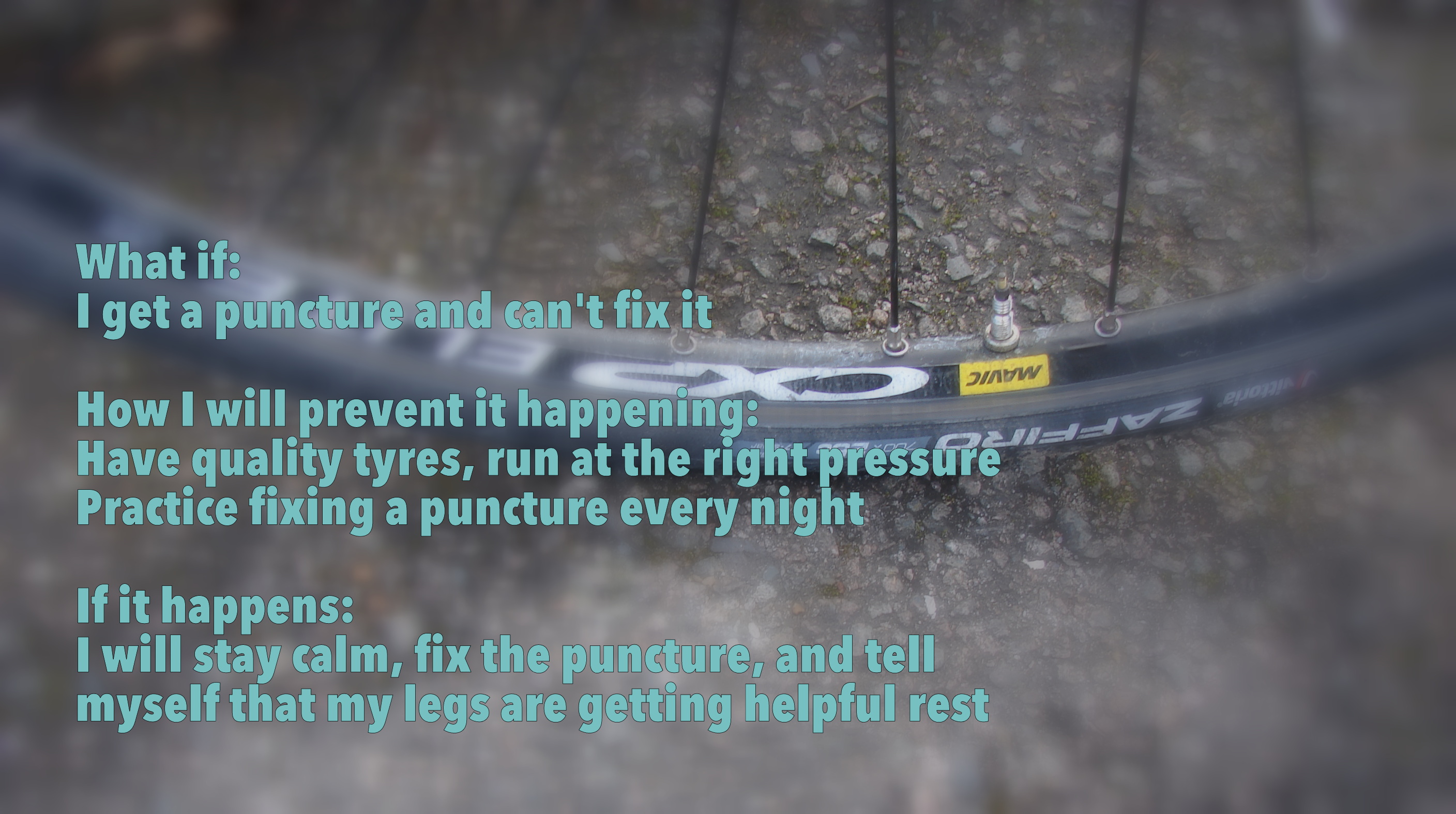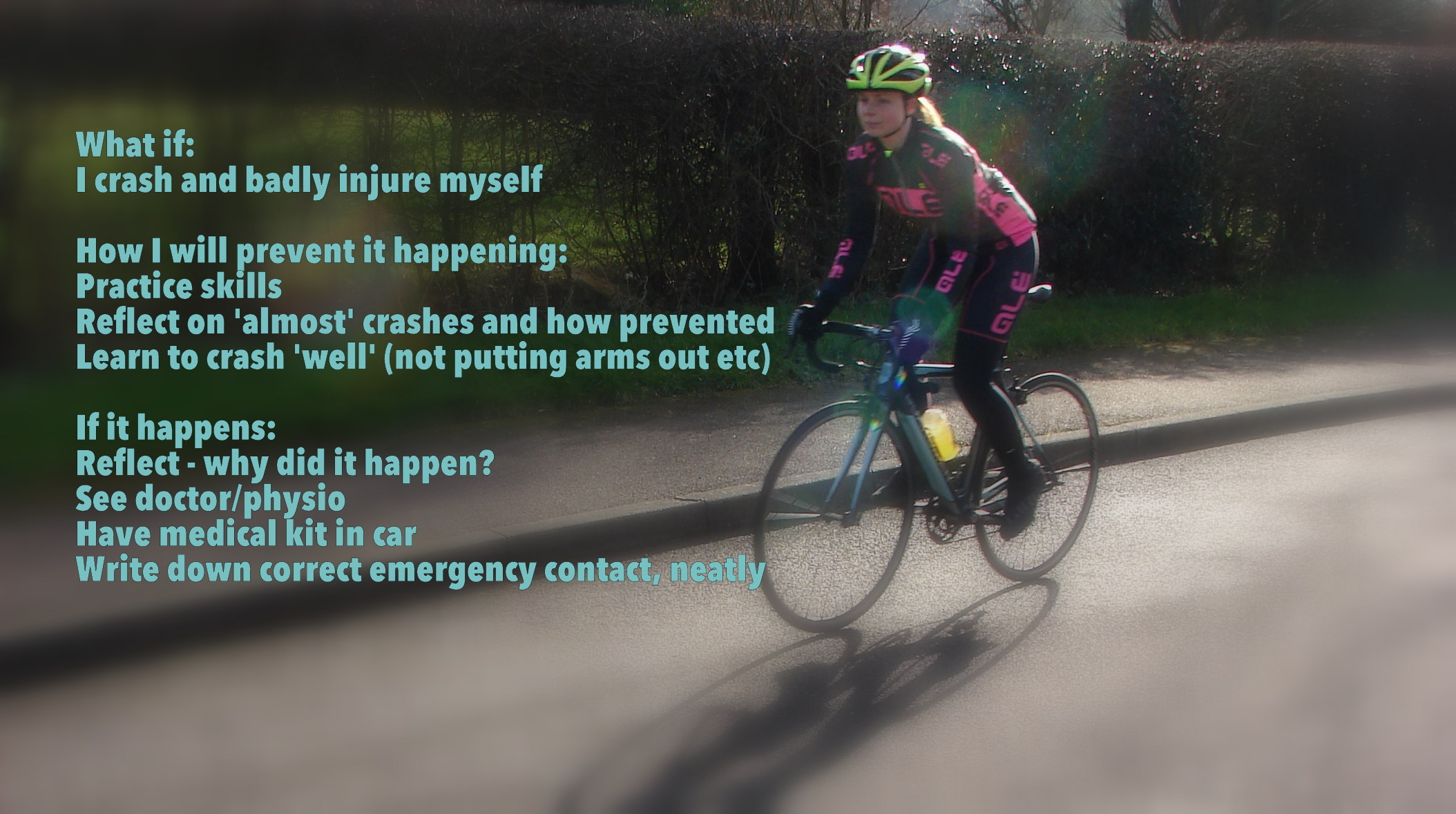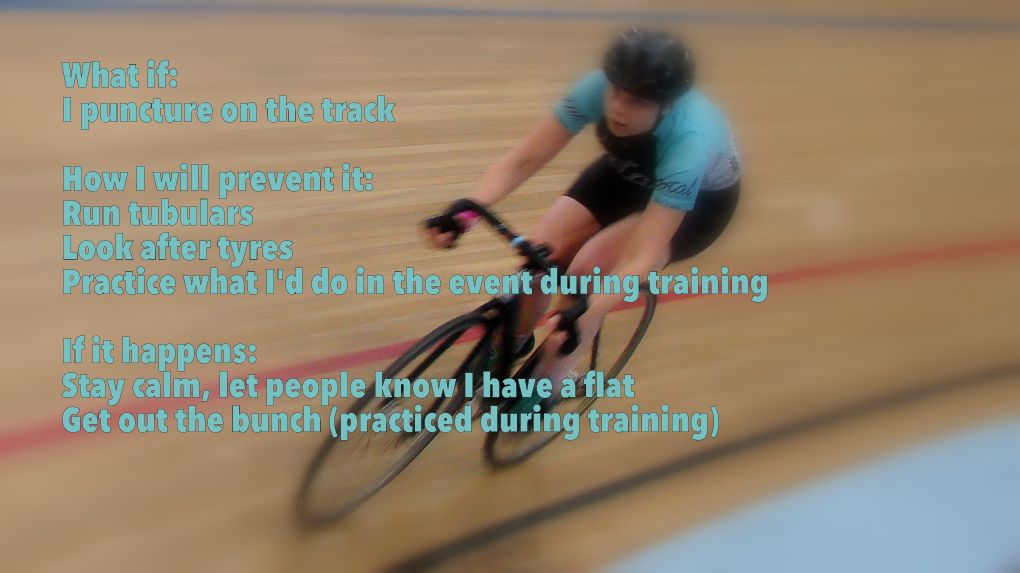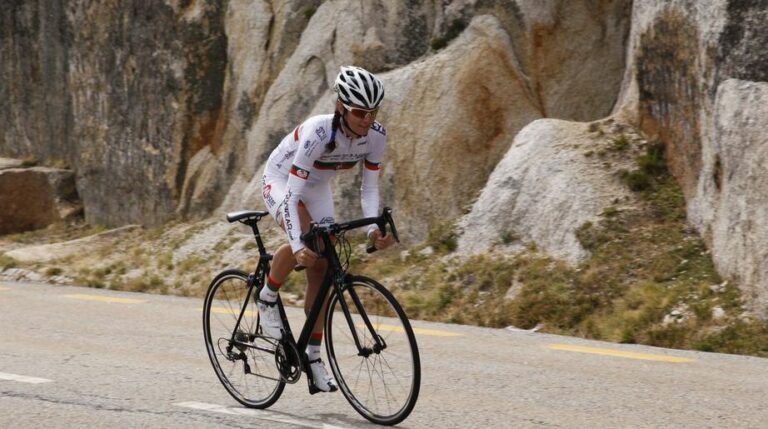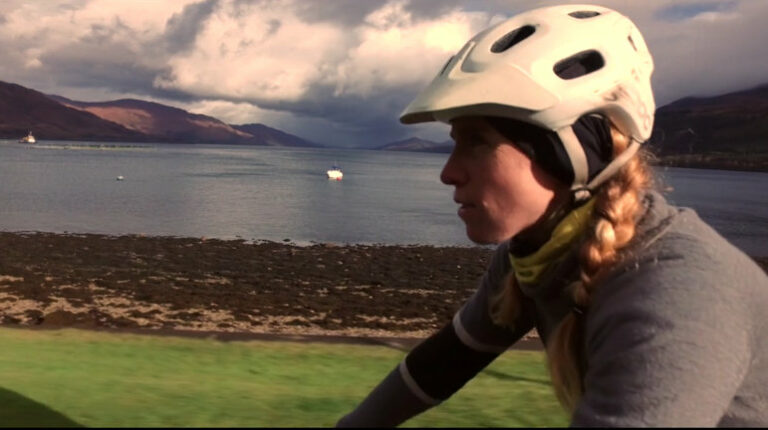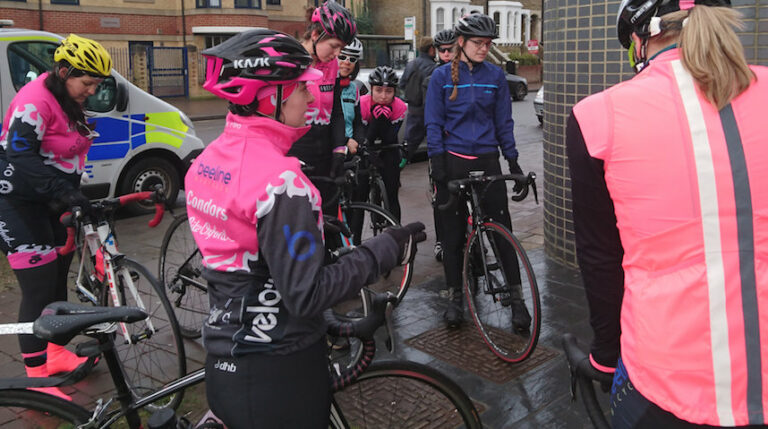Whatever your goals are for 2017, there will probably be a few ‘What If’ worries hiding away somewhere in your mind – concerns about your event or your own performance over the course of the cycling season.
We’re working with sports psychology consultant and founder of Performance in Mind, Dr Josie Perry, to bring you tips and tricks to help you get your head straight in preparation for 2017 challenges. Those could be anything from first rides, to sportives, to competitive racing.
Sports psychology is a form of cognitive therapy – it’s very much about implementing practical skills and adopting helpful thought processes. We’ve already looked at the way using tips and tricks from the field of sports psychology can help you to plan a season around achieving specific goals. Now, we’re moving on to address fears that could hold you back and how you can ensure you arrive at your event feeling calm and prepared.
Dr Perry and I have already discussed, in great detail, my season goals and plans. They revolve around time trials, crit and road races and track racing. We’ve applied all of these tips to my own objectives – but since yours will probably be different, I’ve kept the advice broad so that you can slot in the responses that are relevant to you.
Creating a ‘What If’ plan: what is it?
The majority of top-level athletes will create a ‘What If’ plan at the start of the season or before a big event. Effectively, it’s as simple as creating a list of all the things that could go wrong, then writing down how you can prevent them from happening, and what you will do if the worst does occur.
‘What If’ plans will vary between individuals. Dr Perry gives me two examples: “People do it slightly differently. For example when people do things like Race Across America (RAAM) – and they’ll be riding on their own for days – they need to have thought of every single, very practical, scenario.”
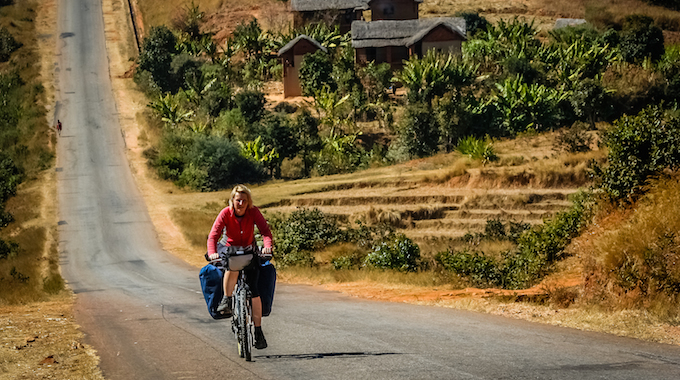
It’s a fantastic idea for someone approaching a big adventure – the Transcontinental race, or even a touring holiday. She tells me: “Going through all those things in advance means your preparation is far better, but it also means if something happens you’ve got an instinctive ‘how to deal with it’ response. That saves a lot of mental stress but also a lot of physical or logistical time. For example, if one of your ‘What Ifs’ involved needing a certain medical intervention, if you’ve already thought about it, instead of needing to get to a pharmacy you might already have the medication needed in your kit bag.”
Not all athletes are trekking across huge distances, perhaps completely unsupported. Some need to produce their absolute-100-per-cent-give-it-all-optimum-effort over a very short space of time. For them, distractions could be the differance between Gold and disappointment.
Speaking about some World Class athletes she says: “Say an athlete was going to the Olympics – it might be about some quite fundamental discussions beforehand of how you would deal with certain issues. For example if someone close to you in your family died in the few days before your competition, would you want to know?”
That might sound far fetched – but in ‘No Easy Mile’, the recent documentary around Mo Farah, viewers see his wife explain that she’d agreed with his agent and coach that he’d not know if she went into labour over the course of the 2012 Olympic Games.
These are extreme examples – but the approach is just as applicable if your biggest fear is a puncture.


